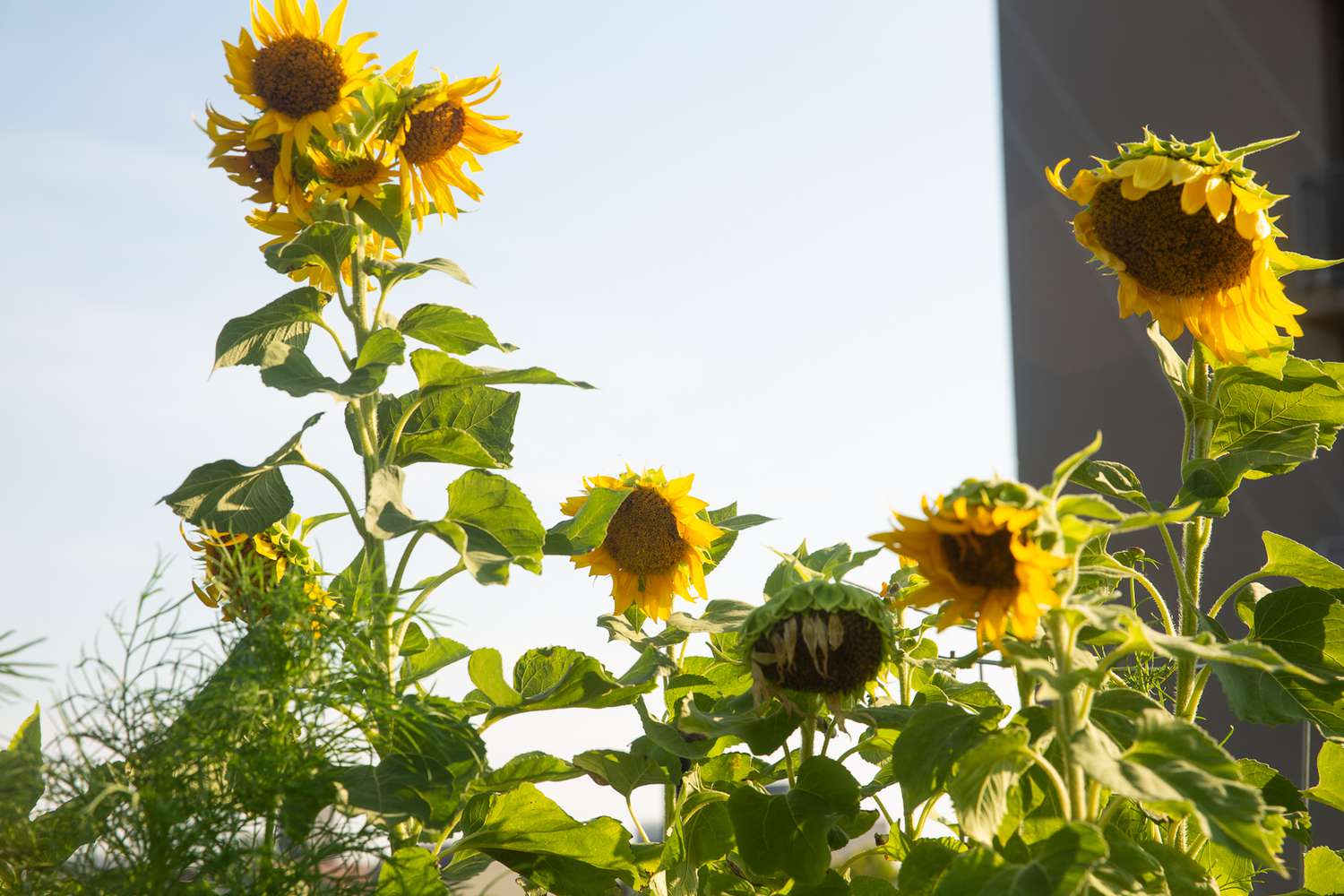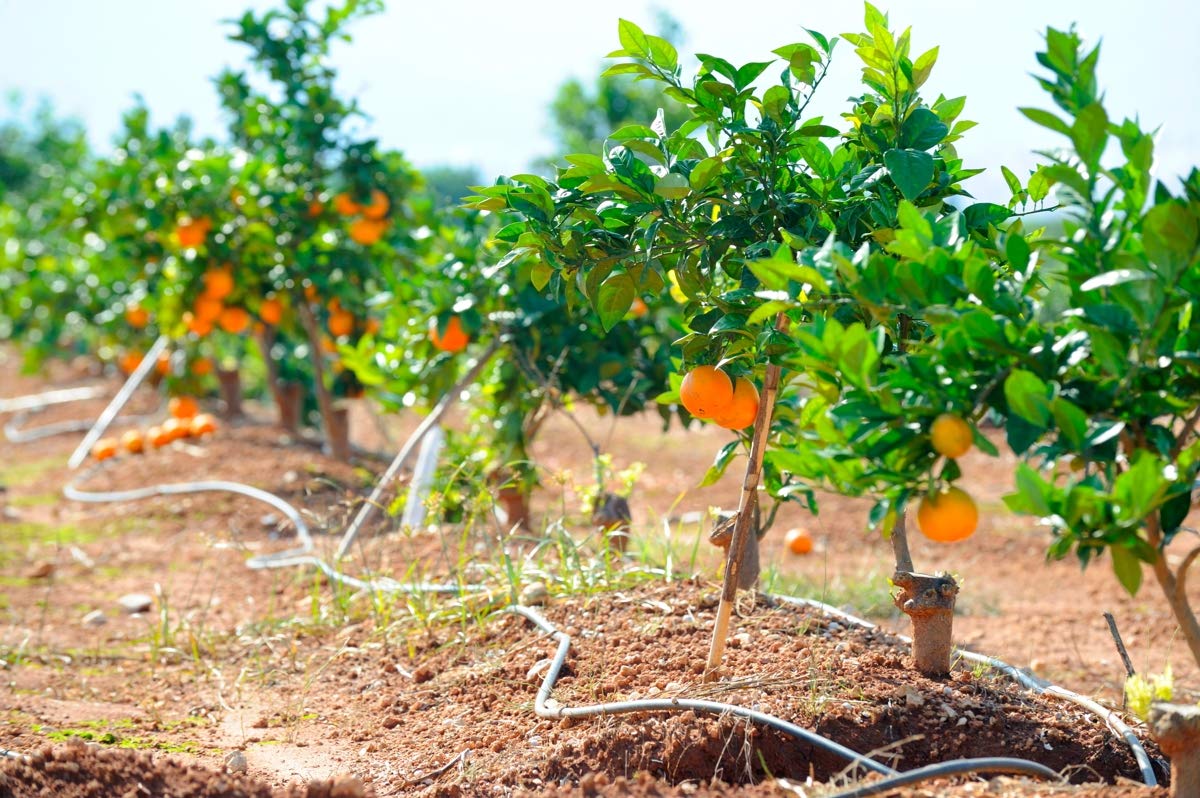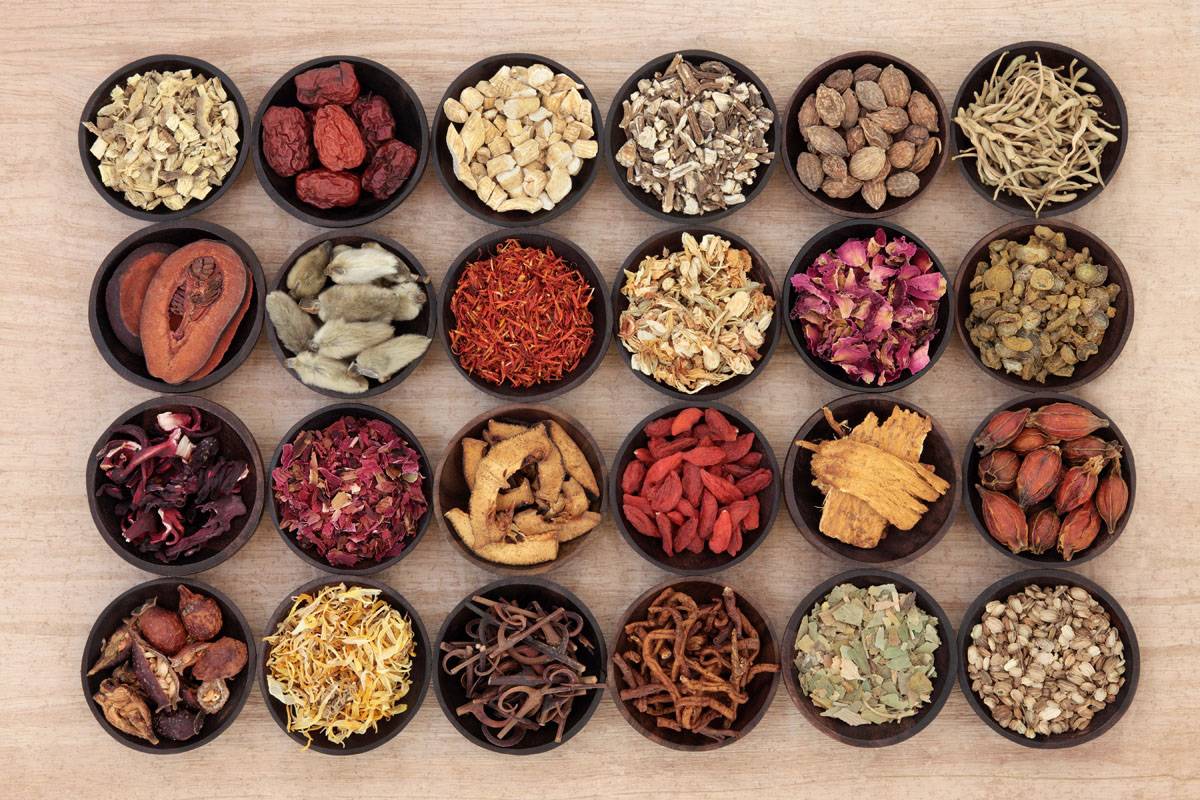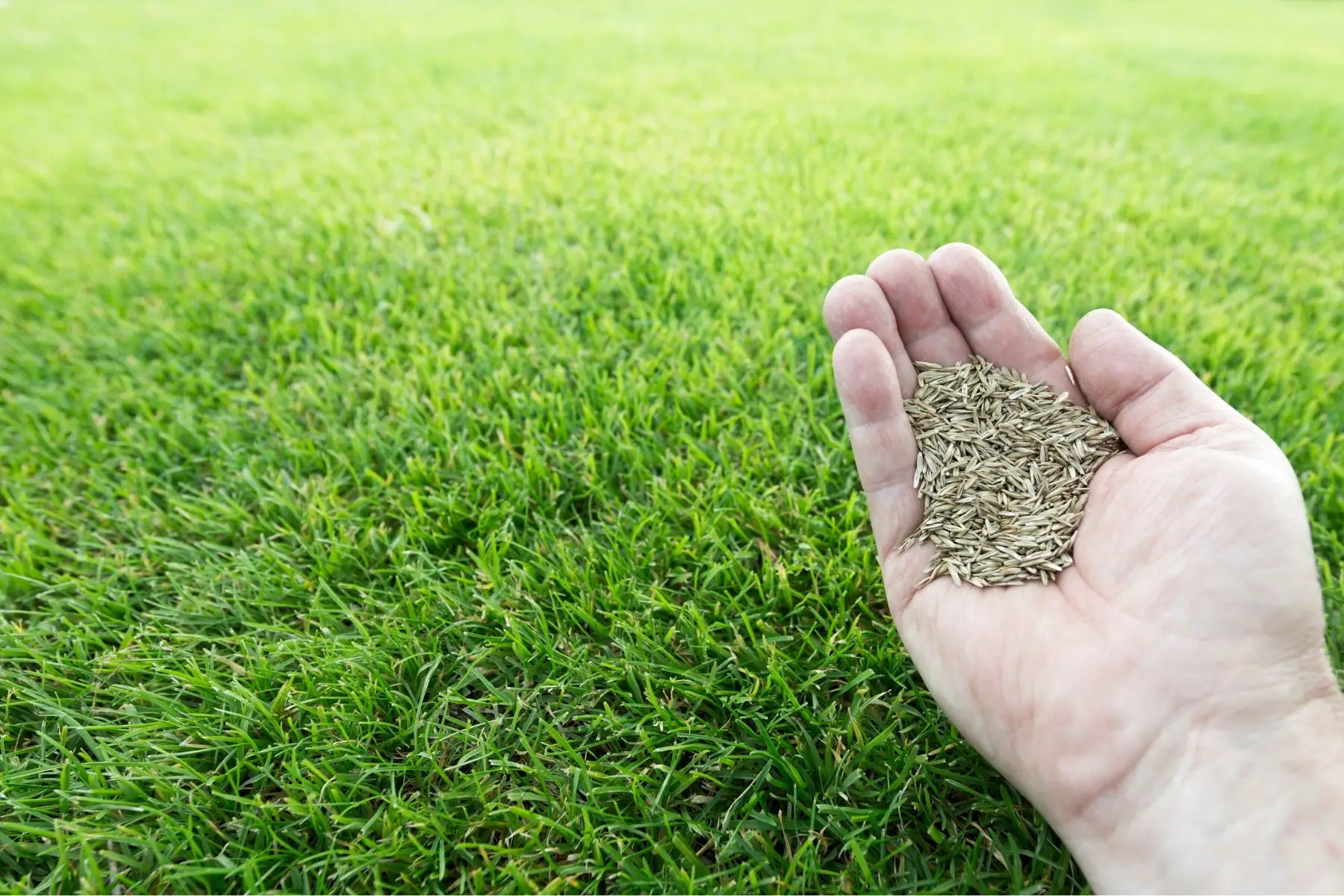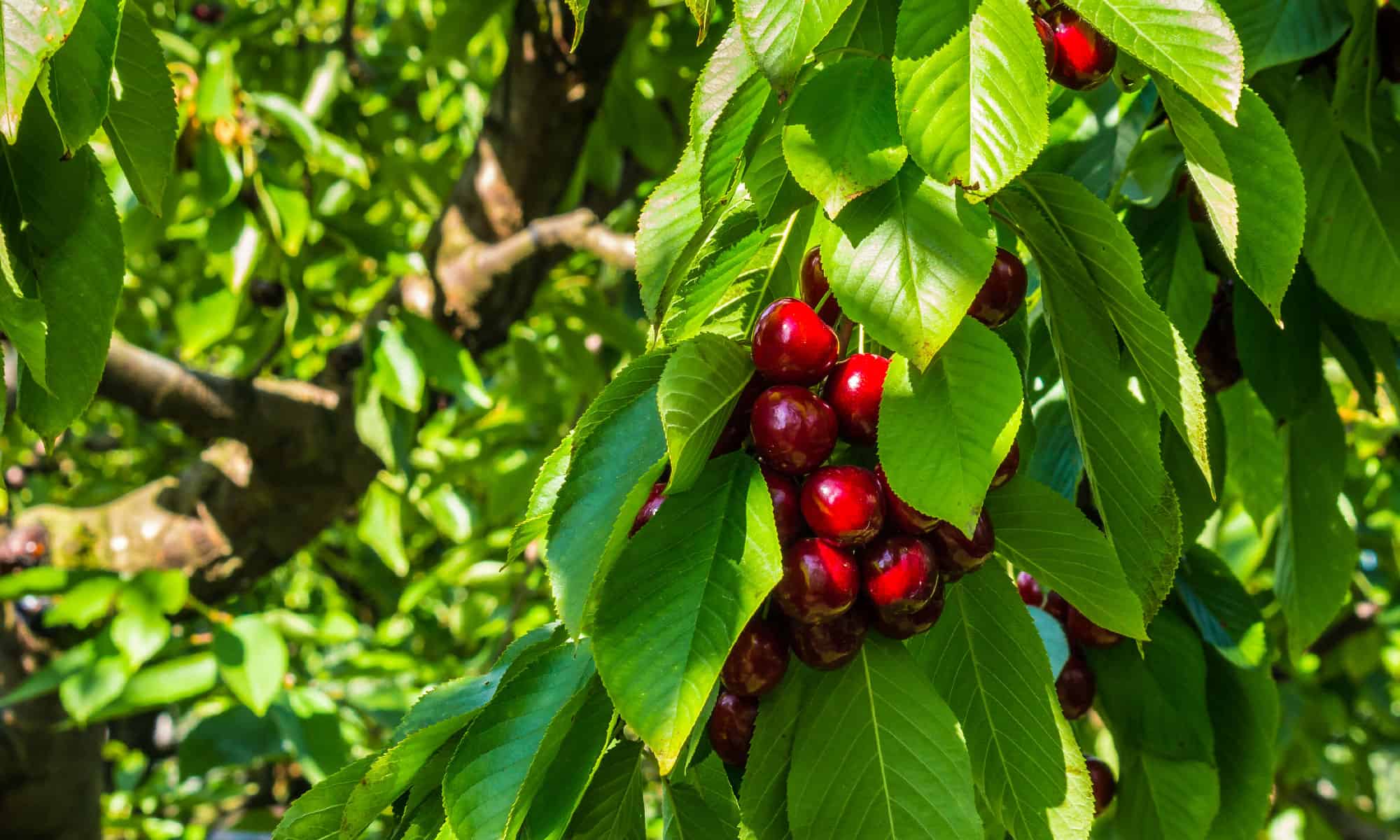Home>Gardening Tips and Tricks>Eco-Friendly Gardening>How Long Do Clones Take To Root With Aeroponics


Eco-Friendly Gardening
How Long Do Clones Take To Root With Aeroponics
Modified: February 3, 2024
Learn about eco-friendly gardening with aeroponics and discover how long it takes for clones to root using this innovative method.
(Many of the links in this article redirect to a specific reviewed product. Your purchase of these products through affiliate links helps to generate commission for Chicagolandgardening.com, at no extra cost. Learn more)
Table of Contents
Introduction
When it comes to eco-friendly gardening practices, aeroponic cloning is gaining popularity. This innovative technique allows gardeners to propagate plants from cuttings without the need for soil or traditional hydroponic systems. Instead, aeroponics suspends the plant’s cuttings in a nutrient-rich mist, providing an optimal environment for root development.
Aeroponics is a variation of hydroponics, which involves growing plants in a soilless medium and providing nutrients directly to the plant’s root system. However, in aeroponics, the roots are exposed to an oxygen-rich mist, creating a highly efficient and effective way to encourage root formation. This method has numerous advantages for both small-scale and commercial gardeners, including faster rooting times, reduced water usage, and increased plant health.
Cloning plants through aeroponics offers several benefits. First and foremost, it allows gardeners to replicate their favorite plants with precision, ensuring the same desirable traits from the parent plant. Additionally, aeroponic cloning can be a cost-effective method for expanding your garden or starting a new crop, as it requires minimal space and materials. This technique is particularly beneficial for plants that are difficult to root using traditional propagation methods or for those that have a long rooting period.
Throughout this article, we will delve into the process of aeroponic cloning, discussing the factors that influence root formation, optimal conditions for success, common challenges, and tips for ensuring successful root development. By understanding these key elements, you will be equipped with the knowledge and tools to incorporate aeroponic cloning into your eco-friendly gardening practices.
What is Aeroponics?
Aeroponics is a cutting-edge gardening technique that allows plants to grow in an oxygen-rich environment without the need for soil or traditional hydroponic systems. In this system, plants are suspended in a nutrient-rich mist, which provides essential elements and encourages root development.
Aeroponics works by misting the plant’s root system with a solution that contains water, nutrients, and oxygen. The fine mist is sprayed onto the plant’s roots at regular intervals, ensuring that they are constantly supplied with the necessary nutrients and moisture.
One of the primary advantages of aeroponics is its ability to promote rapid growth and development. By allowing the roots to have direct access to oxygen, plants are able to absorb nutrients more efficiently and develop stronger, healthier roots. This results in faster overall plant growth and higher crop yields.
Another benefit of aeroponics is its water-saving capabilities. Compared to traditional soil-based gardening, aeroponics requires significantly less water. The misting system ensures that water is used more effectively, as it directly targets the plant’s root zone. This not only reduces water waste but also makes aeroponics a more sustainable and eco-friendly option for gardeners.
Aeroponics also offers greater control over the growing environment. By carefully adjusting factors like nutrient concentration, pH levels, and misting intervals, gardeners can create the ideal conditions for their plants. This level of precision allows for better disease prevention, increased plant health, and the ability to grow a wider range of plants in various climates.
Overall, aeroponics is a revolutionary gardening method that maximizes plant growth and reduces resource consumption. With its ability to provide plants with ample oxygen, nutrients, and water while minimizing waste, it has become an increasingly popular choice for eco-conscious gardeners looking to achieve optimal yields in a sustainable manner.
Cloning Process with Aeroponics
Aeroponic cloning is a highly efficient and effective method of propagating plants through the use of cuttings. The process involves taking a stem cutting from a mature plant, treating it with rooting hormone, and placing it in an aeroponic system specially designed for cloning.
The first step in the cloning process is to select a healthy donor plant from which to take the cuttings. It is important to choose a plant with desirable traits such as vigorous growth, disease resistance, or high yields. Once a suitable donor plant is identified, a stem cutting is taken using sterile pruners or scissors. The cutting should be approximately 4-6 inches long and should include several nodes, which are the areas where new roots will develop.
After taking the cutting, it is crucial to immediately immerse the base of the stem in a rooting hormone solution. Rooting hormone contains hormones that stimulate root growth and increase the success rate of rooting. The cutting is then quickly transferred to the aeroponic cloning system.
In the aeroponic system, the stem cutting is placed in a specially designed cloning collar or neoprene insert, which holds the cutting in place while allowing the roots to extend into the misting chamber. The misting chamber is where the cuttings are exposed to a fine mist of nutrient solution, providing an ideal environment for root development.
During the cloning process, it is important to maintain optimal conditions for root growth. This includes providing adequate light, maintaining proper temperature and humidity levels, and ensuring consistent nutrient delivery. Most aeroponic cloning systems incorporate timers to control misting intervals, ensuring that the cuttings receive sufficient moisture without becoming waterlogged.
Over time, the cuttings will develop a strong root system within the aeroponic system. This process typically takes between 1-3 weeks, depending on the plant species and environmental conditions. Once the roots have adequately developed, the rooted cuttings can be transplanted into soil or a hydroponic system to continue their growth.
Aeroponic cloning offers numerous advantages over traditional cloning methods. It provides faster root development, improved success rates, and a higher survival rate for the rooted cuttings. Additionally, because the roots are exposed to a high oxygen environment, the plants have a stronger foundation for continued growth and development.
Overall, the cloning process with aeroponics is a reliable and efficient method for propagating plants. By following the proper techniques and providing optimal conditions, gardeners can successfully clone their favorite plants and expand their gardens with healthy, genetically identical offspring.
Factors Affecting Root Formation in Aeroponic Cloning
Achieving successful root formation in aeroponic cloning is influenced by several key factors. By understanding and optimizing these factors, gardeners can significantly enhance the chances of successful cloning and robust root development.
1. Genetics: The genetic makeup of the plant plays a significant role in root formation. Some plants naturally root more easily than others, so it is important to select plant varieties that are known to be good candidates for aeroponic cloning.
2. Cutting Preparation: Proper preparation of the stem cutting is crucial. Ensure that the cutting is taken from a healthy donor plant and that it is free from any disease or pest infestation. The cutting should be done at a 45-degree angle to increase the surface area available for rooting.
3. Rooting Hormone: Using a rooting hormone solution is highly recommended in aeroponic cloning. This hormone stimulates root development and increases the success rate of the cloning process. Ensure that the cutting is fully immersed in the rooting hormone solution for a sufficient amount of time before placing it in the aeroponic system.
4. Misting Duration and Frequency: The misting duration and frequency should be carefully regulated. Insufficient misting can lead to dehydration of the cuttings, while excessive misting can result in waterlogged conditions and hinder root growth. Finding the right balance is crucial for successful root formation.
5. Environmental Conditions: The environmental conditions in the cloning area should be controlled and optimized. Temperature and humidity levels should be within the ideal range for the specific plant species being cloned. Additionally, providing adequate lighting is important for root development.
6. Nutrient Solution: The nutrient solution used in the aeroponic system should be properly balanced and adjusted to meet the specific requirements of the plant species being cloned. Optimal nutrient levels are essential for healthy root development.
7. Sterility: Maintaining a sterile environment throughout the cloning process is vital. Any contamination from pathogens or bacteria can hinder root formation and increase the risk of disease. Proper sanitation practices, including using sterile tools and cleaning the aeroponic system regularly, are essential.
8. Patience and Observation: Root formation takes time, and it is important to be patient during the process. Regularly inspect the cuttings for any signs of root development and adjust the misting intervals or environmental conditions if necessary.
By considering and optimizing these factors, gardeners can greatly increase their chances of successful root formation in aeroponic cloning. With proper attention to detail and consistent monitoring, gardeners can achieve high success rates and produce healthy and thriving plants through aeroponic cloning.
Optimal Conditions for Root Formation in Aeroponic Cloning
Creating and maintaining optimal conditions is essential for successful root formation in aeroponic cloning. By providing the ideal environment, gardeners can maximize the chances of rooting success and promote healthy and vigorous root development. Below are the key factors to consider for achieving optimal conditions:
1. Temperature:
Maintaining the appropriate temperature range is crucial for root formation. Most plant species prefer temperatures between 70°F and 80°F (21°C to 27°C). Higher temperatures can accelerate root growth but may also increase the risk of fungal diseases, while lower temperatures can slow down root development. Monitor and regulate the temperature in the cloning area to ensure it remains within the ideal range.
2. Humidity:
High humidity levels are essential for preventing excessive moisture loss from the cuttings. Aim for humidity levels around 70% to 80%. This can be achieved by using a humidifier or by placing a tray of water near the cloning system to increase moisture in the air. Consistent humidity levels help to prevent wilting and dehydration of the cuttings.
3. Lighting:
Provide adequate lighting to support root formation. Grow lights with a spectrum rich in blue light are ideal for rooting stage as it promotes strong root development. Aim for 14-16 hours of light per day to stimulate healthy growth, and position the lights at an appropriate distance from the cuttings to avoid excessive heat or light burn.
4. Airflow:
Proper airflow is crucial for preventing stagnant conditions and ensuring sufficient oxygen supply to the developing roots. Use fans or ventilation systems to circulate the air within the cloning area. This helps prevent the buildup of excess humidity and reduces the risk of fungal diseases. Avoid placing the fan directly on the cuttings to prevent dehydration.
5. pH Levels:
Maintain a balanced pH level of the nutrient solution used in the aeroponic system. Most plant species prefer a pH range between 5.5 and 6.5. Regularly monitor and adjust the pH levels to ensure optimal nutrient absorption and root health.
6. Nutrient Solution:
Use a well-balanced and plant-specific nutrient solution designed for the rooting stage. Follow the manufacturer’s instructions to ensure the correct dilution and concentration of nutrients. Avoid overfeeding, as excessive nutrient levels can lead to nutrient burn or hinder root development. Regularly check the nutrient solution levels and replace as necessary.
7. Cleanliness:
Maintaining a clean and sterile environment is crucial to prevent the growth of pathogens and to ensure successful root formation. Regularly clean and sanitize the aeroponic system, tools, and cloning area to eliminate any potential sources of contamination. This reduces the risk of disease and ensures a healthy rooting process.
By meticulously controlling these optimal conditions, gardeners can create an ideal environment for root formation in aeroponic cloning. Consistency, attention to detail, and regular monitoring will help promote successful root development and increase the overall success rate of the cloning process.
Common Challenges in Rooting Clones with Aeroponics
While aeroponic cloning is an effective and efficient method for propagating plants, there are some common challenges that gardeners may encounter during the rooting process. Being aware of these challenges and knowing how to address them can help ensure successful root formation. Here are some of the common challenges in rooting clones with aeroponics:
1. Transplant Shock:
After rooting in the aeroponic system, the clones may experience transplant shock when they are moved to a new growing environment. This can result in wilting, stunted growth, or even death of the plants. Proper acclimation and gradual transition to the new environment can help minimize transplant shock and increase the chances of successful establishment.
2. Disease and Pathogens:
Aeroponic cloning systems provide a moist and nutrient-rich environment that can also be conducive to the growth of bacteria, fungi, and other pathogens. Common diseases that can affect the cloned plants include damping-off, root rot, and powdery mildew. Maintaining a clean and sterile environment, using sanitized equipment, and providing proper airflow can help prevent disease outbreaks.
3. Nutrient Imbalance:
Imbalances in nutrient levels can negatively impact root formation and overall plant health. Insufficient or excessive nutrients can lead to nutrient deficiencies or toxicities, resulting in weak and underdeveloped roots. Regularly monitor the nutrient levels in the aeroponic system and adjust accordingly to maintain a balanced nutrient solution.
4. Inadequate Lighting:
Insufficient or improper lighting can also impede root formation in aeroponic cloning. Plants need an appropriate amount and spectrum of light for photosynthesis, which is crucial for root development. Ensure that the lighting system provides the necessary intensity and spectrum for the specific plant species being cloned.
5. Improper Cutting Techniques:
The method used to take the stem cuttings can greatly influence their ability to root successfully. Inadequate sterilization of tools or incorrect cutting angles can introduce pathogens or prevent proper nutrient uptake. It is essential to use clean and sharp tools, make clean cuts, and provide an optimal surface area for rooting.
6. Environmental Factors:
Fluctuations in temperature, humidity, or airflow can affect the success of root formation. Extreme temperatures can stress the cuttings, while low humidity can lead to dehydration. Additionally, inadequate airflow can hinder oxygen exchange, negatively impacting root health. It is important to monitor and maintain stable environmental conditions throughout the rooting process.
By being aware of these common challenges and taking the necessary steps to mitigate them, gardeners can improve the success rate of rooting clones with aeroponics. Regular monitoring, attention to cleanliness and hygiene, and providing a balanced and optimal environment will help overcome these challenges and promote healthy and robust root development.
Tips for Successful Root Development in Aeroponic Cloning
Root development is a crucial step in aeroponic cloning, and ensuring its success requires attention to detail and proper techniques. Here are some valuable tips to help promote successful root development in aeroponic cloning:
1. Start with Healthy Donor Plants:
Select healthy and vigorous donor plants for taking the cuttings. Plants that exhibit robust growth and are free from diseases and pests are more likely to produce strong and healthy roots in the cloning process.
2. Use Proper Cutting Techniques:
When taking stem cuttings, make clean and precise cuts just below a node. Remove any excess leaves or flowers that may divert energy from root development. Use sterile cutting tools to minimize the risk of introducing pathogens.
3. Maintain Sterility:
Keep all equipment, including the aeroponic system, tools, and work area, clean and sterile. Regularly sanitize the cloning area to prevent the growth and spread of harmful bacteria and fungi that could hinder root development.
4. Optimize Lighting:
Provide adequate lighting for the cuttings during the rooting stage. Choose a light spectrum that promotes root growth, such as cool white or a blue light LED. Position the lights at an appropriate distance from the cuttings to avoid heat stress or light burn.
5. Ensure Proper Humidity:
Maintain optimal humidity levels by using a humidifier or placing a tray of water near the aeroponic system. Aim for humidity levels of around 70-80% to prevent excessive moisture loss from the cuttings.
6. Monitor and Adjust Nutrient Levels:
Regularly check the nutrient solution in the aeroponic system to ensure balanced nutrition for the developing roots. Adjust the nutrient solution as needed to maintain appropriate nutrient concentrations based on the plant’s requirements.
7. Consistent Misting Schedule:
Establish a consistent misting schedule for the cuttings. Ensuring the cuttings receive regular misting intervals helps supply adequate moisture while preventing waterlogging. Monitor the development of the roots and adjust the misting schedule if necessary.
8. Maintain Optimal Temperature:
Keep the cloning area at an optimal temperature range of around 70°F to 80°F (21°C to 27°C). Avoid extreme temperature fluctuations, as they can stress the cuttings and hinder root development. Monitoring the temperature and providing proper ventilation will help maintain a stable and suitable environment.
9. Monitor Root Progression:
Regularly check the cuttings for signs of root development. Gently remove the cloning collars or neoprene inserts to observe the growth of the roots. This allows you to identify any potential issues, such as root rot or inadequate root formation, and take appropriate corrective measures.
10. Patience and Care:
Root development takes time, so be patient and avoid rushing the process. Maintain a positive attitude and continue to provide the optimal conditions necessary for successful root formation. This includes maintaining a positive mindset, as plants can respond to the energy and intention of the gardener.
By following these tips, gardeners can increase their chances of successful root development in aeroponic cloning. With attention to detail, proper care, and consistent monitoring, you will be well on your way to producing healthy and thriving cloned plants.
Conclusion
Aeroponic cloning is a revolutionary technique in eco-friendly gardening that allows gardeners to propagate plants efficiently and effectively. By using a misting system to provide oxygen, nutrients, and moisture directly to the plant’s root system, aeroponic cloning offers several advantages over traditional propagation methods.
Throughout this article, we explored the process of aeroponic cloning, from taking stem cuttings to creating an optimal environment for root development. We discussed the factors that influence root formation, such as genetics, cutting preparation, misting duration, environmental conditions, and nutrient solutions. We also highlighted the common challenges that can arise during the rooting process, including transplant shock, diseases, nutrient imbalances, lighting issues, and environmental factors.
However, with proper knowledge and practices, these challenges can be overcome. By implementing the tips we provided, gardeners can significantly increase their success rate in aeroponic cloning and promote healthy and robust root development.
Aeroponic cloning offers a sustainable and efficient way to expand your garden, maintain desirable plant traits, and achieve higher yields. It allows you to replicate your favorite plants with precision and offers the flexibility to propagate difficult-to-root plants. With its water-saving capabilities and ability to optimize environmental conditions, aeroponic cloning is a viable choice for eco-conscious gardeners.
As you venture into aeroponic cloning, remember to stay attentive to the needs of your plants. Regularly monitor temperature, humidity, nutrient levels, and lighting to ensure optimal root development. Practice good sanitation and proper cutting techniques to maintain a clean and sterile environment. And most importantly, be patient and embrace the fascinating process of watching your cuttings transform into healthy, rooted plants.
With dedication, knowledge, and a touch of creativity, you can harness the power of aeroponic cloning to enhance your gardening endeavors and create a thriving, eco-friendly garden. Happy cloning!
